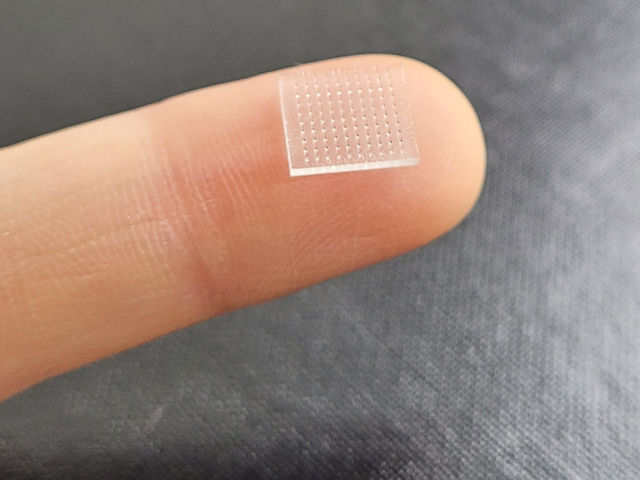An unexpected player in a cancer defense system
Advertisement
Researchers of the Swedish medical university Karolinska Institutet and the University of Cologne, Germany, have identified a new protein involved in a defense mechanism against cancer. The VCP/p97 complex is best known for its role in protein destruction and is involved in a type of familial dementia and ALS. In a novel study the researchers now describe how this complex also plays an important role in regulating the recruitment of the tumor suppressor protein 53BP1 to damaged DNA – suggesting an important role for VCP/p97 in our body’s defense against cancer.
Damage of DNA is potentially very dangerous and linked to the development of cancer. Since DNA damage is unavoidable, our cells are equipped with a sophisticated defense system that activates repair mechanisms. This process is initiated by binding of sensor proteins to the damaged DNA that in turn bind and activate other proteins responsible for repairing the damage. During the last decade, it has become clear how many of those proteins are recruited to the damaged DNA, but the mechanism by which the tumor suppressor 53BP1 finds its way has been puzzling.
The surprising finding of this study, presented in Nature Structural & Molecular Biology, is not only the identity of the new player but also how it is doing the job. By following proteins in cells with DNA damage, the researchers found that the VCP/p97 complex is among the proteins that are being recruited to DNA damage. This was unanticipated since VCP/p97 is known to be primarily involved in the destruction of defective proteins. VCP/p97 is doing this by unwinding them so that the waste proteins can be chopped in pieces by dedicated enzymes. This important function also explains its involvement in a type of familial dementia and ALS since this kind of waste proteins typically pile up in these diseases.
It turns out that VCP/p97 is doing something similar at damaged DNA although with a very different outcome. The work shows that VCP/p97 facilitates the binding of 53BP1 by removing a protein that occupies the places where 53BP1 can bind. So instead of unwinding a protein to prepare it for destruction, VCP/p97 pulls a protein out of the way for 53BP1. The researchers also show that worms that have less of this complex are very sensitive to DNA damage supporting an important and evolutionary conserved role of VCP/p97 in DNA damage control. This new mechanism of recruiting a protein by removing another one that gets in the way sheds new light onto how the tumor suppressor 53BP1 finds damaged DNA. An important question that remains is if VCP/p97 plays similar roles in other processes.
























































